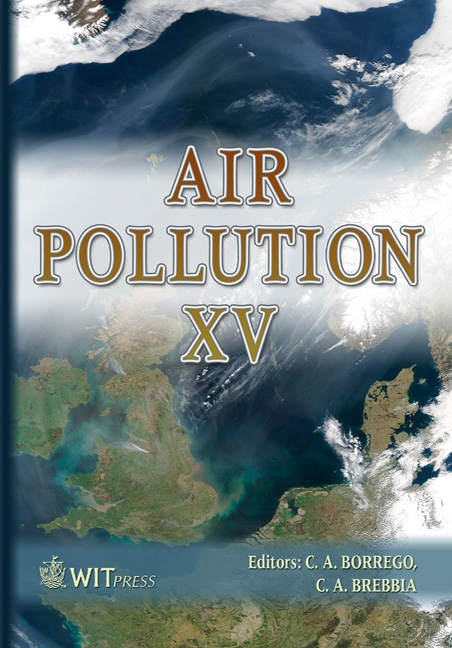Odour Studies And Health Risk Assessment: Two Complementary Approaches In Response To Residents’ Complaints
Price
Free (open access)
Transaction
Volume
101
Pages
5
Published
2007
Size
808 kb
Paper DOI
10.2495/AIR070441
Copyright
WIT Press
Author(s)
G. Deiber, J. Boudaud & L. Pourtier
Abstract
In this paper we present an approach to assess odour impact is based on odour measurements and air dispersion modelling. This approach makes it possible to estimate the frequency of odour perception and nuisance in the near vicinity of industrial, agricultural or municipal facilities. A health risk assessment, based on toxicological reference values (TRVs), is also presented in order to consider the toxicity of odorous molecules in impact studies (chronic exposure of the population). This paper reports the joint and complementary characteristics of these two approaches. Keywords: odour, impact, health, risk, assessment, modelling, toxicity, olfactive, complaints, olfactometer. 1 Introduction Concern over the toxicity of odours emitted by industrial sites are often put forward by local residents. In general, the population thinks that bad odours are toxic, which is not necessarily true. For example, hydrogen sulphide can be beneficial as a thermal cure but may be toxic if perceived between 10 and 250 ppm, and even deadly at concentrations beyond 500 ppm (short exposure to concentrations between 500 and 1,500 ppm leads to respiratory paralysis and death) [1]. Carbon monoxide however is odourless but deadly beyond 800 ppm [2]. In reply to these concerns, two approaches may be developed: first, the odour problem (type, source, impact of odours on resident populations and solutions to reduce olfactive emissions) and second, the toxicity aspect of these odorous
Keywords
odour, impact, health, risk, assessment, modelling, toxicity, olfactive, complaints, olfactometer.





